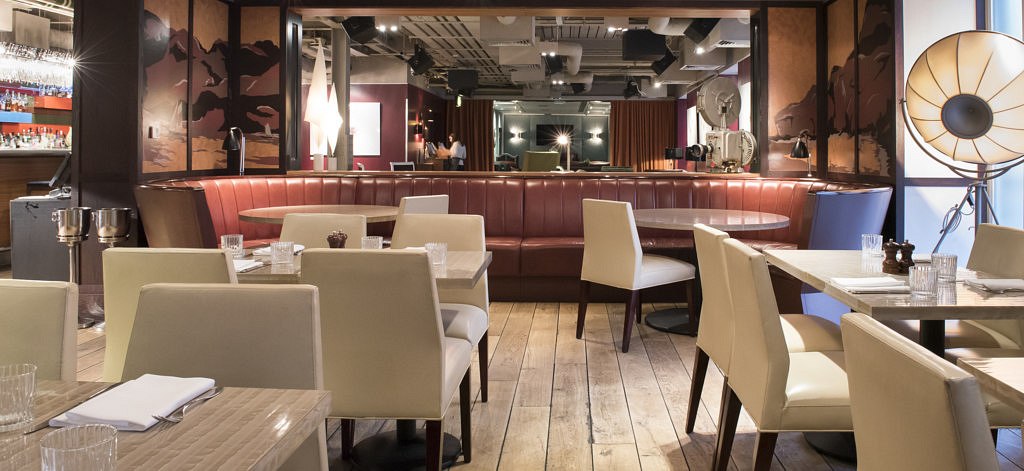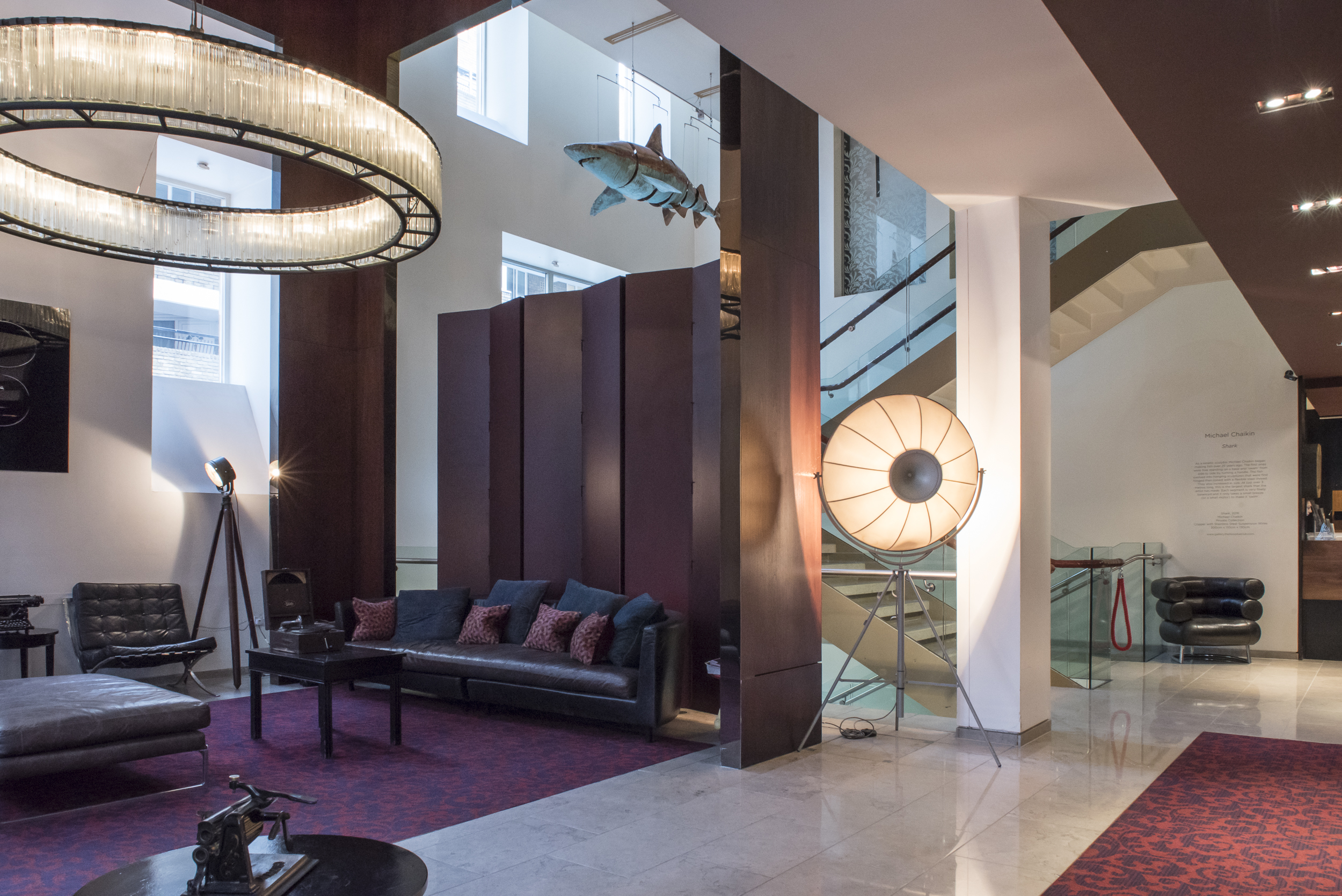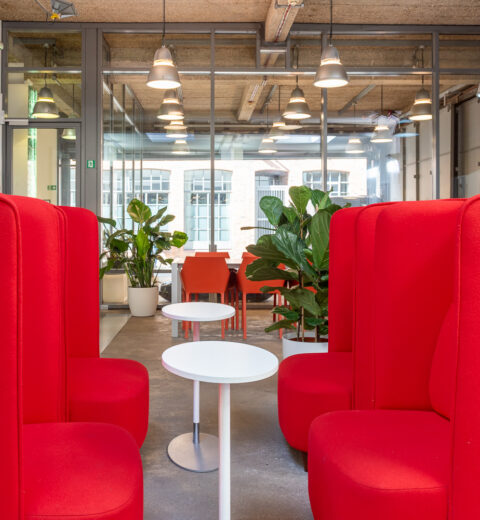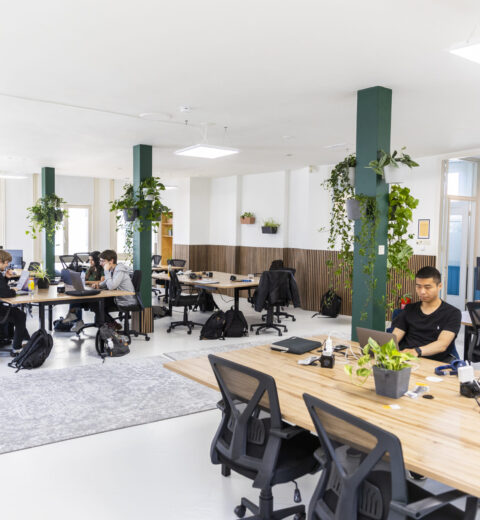A Creative Family in the Heart of Covent Garden :: An Interview with Michael Berg @ the Hospital Club
Week 22 – London. In The Workplace Series this week, we are presenting the Hospital Club: a dynamic private members’ club in the heart of London. The club was founded by Dave Stewart and Paul Allen, and since its opening in November 2004, they have developed the club as a creative hub for ideas, music, and life in Covent Garden. In this interview between eOffice Founder, Pier Paolo Mucelli and The Hospital Club’s Creative Director, Michael Berg, you can read all about the life as a private members’ club in the busy capital.
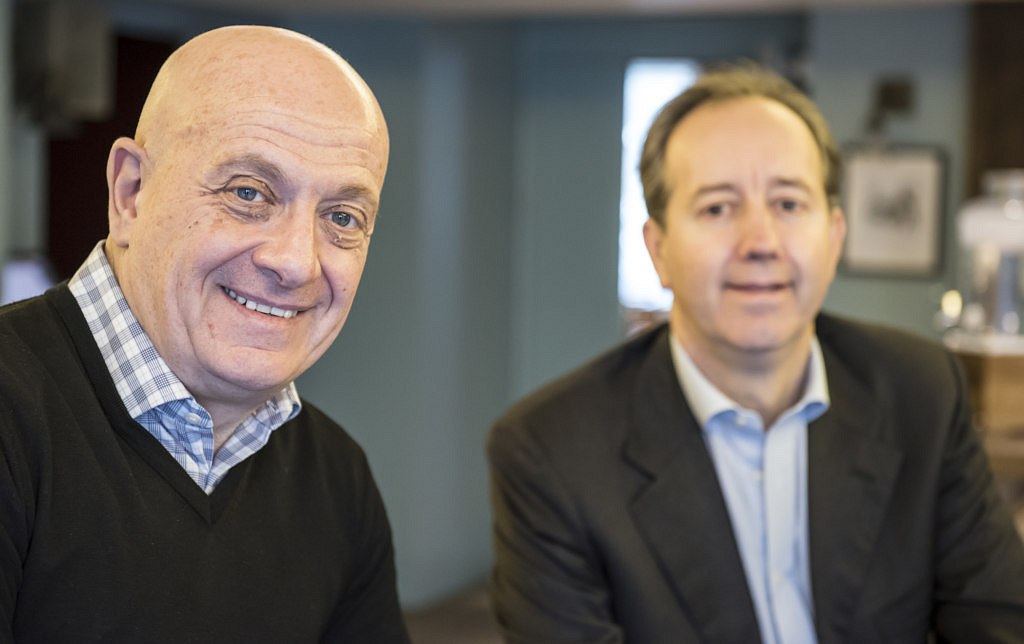
Michael, can you tell us about the origin of the Hospital Club?
The idea for the club came from Dave Stewart, one of our Co-Founders. He used to live down the road from here on Shorts Gardens and noticed this building from his apartment. Dave thought it would be a perfect spot for building a creative hub with everything people in the creative industries could need.
One of his best friends was Entrepreneur and Philanthropist Paul Allen. One day, when they were in Dave’s apartment discussing the potential project, they decided to sneak in to view this empty building in Covent Garden. It all ended in Paul agreeing to fund the project, and the journey of the Hospital Club began.
Years later, after getting planning permissions and developing the building, the two could finally introduce their work to London. In 2003, the TV studio in the basement opened, and then the members’ club followed in 2004.
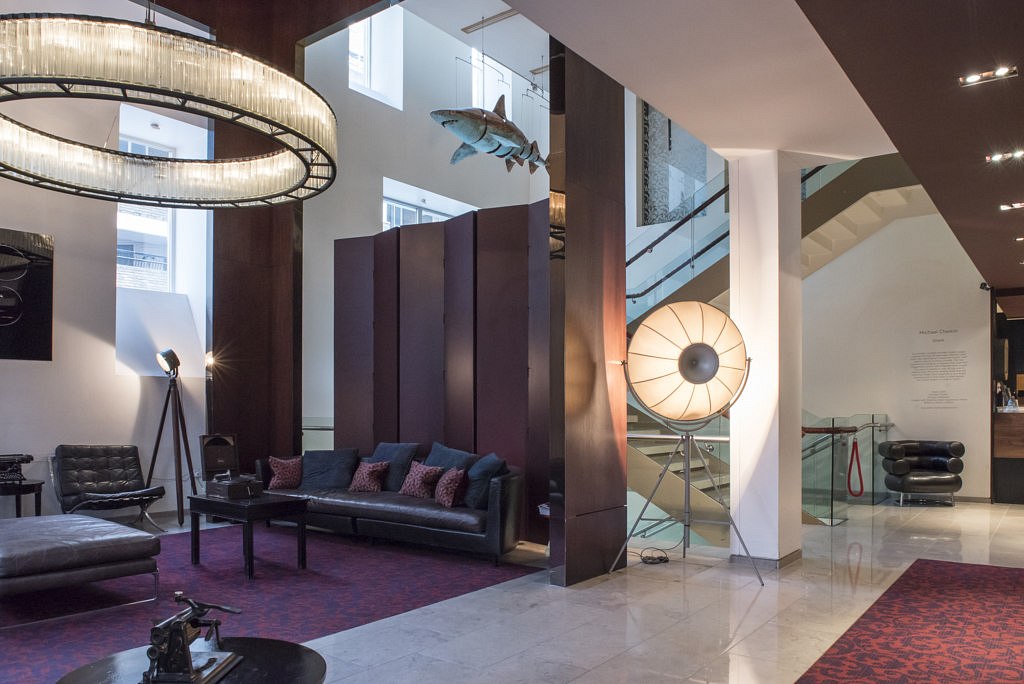
Michael, can you guide us through the Hospital Club in terms of its environment?
We like to think that we have everything for anybody in the creative industry. The original building only had one underground floor, but we dug down and created another floor below ground, where we have a working TV studio with its own facilities such as a sound recordings studios. Then we have a functioning art gallery, with a mix of contemporary art and photography, that is open to the public.
Following, we have the members’ club which is on three floors, and then we have bars, restaurants, lounges, a screening room, and a performance space which seats about 100 people and is perfect for live performance music. In addition, we have 15 hotel bedrooms with art curated from artists we work with. Every year we would take out and change the art in the rooms.
Are your bedrooms for members only?
No, they are for members and non-members, but at different rates. Members get a 20% discount and 10-15% off for their friends.
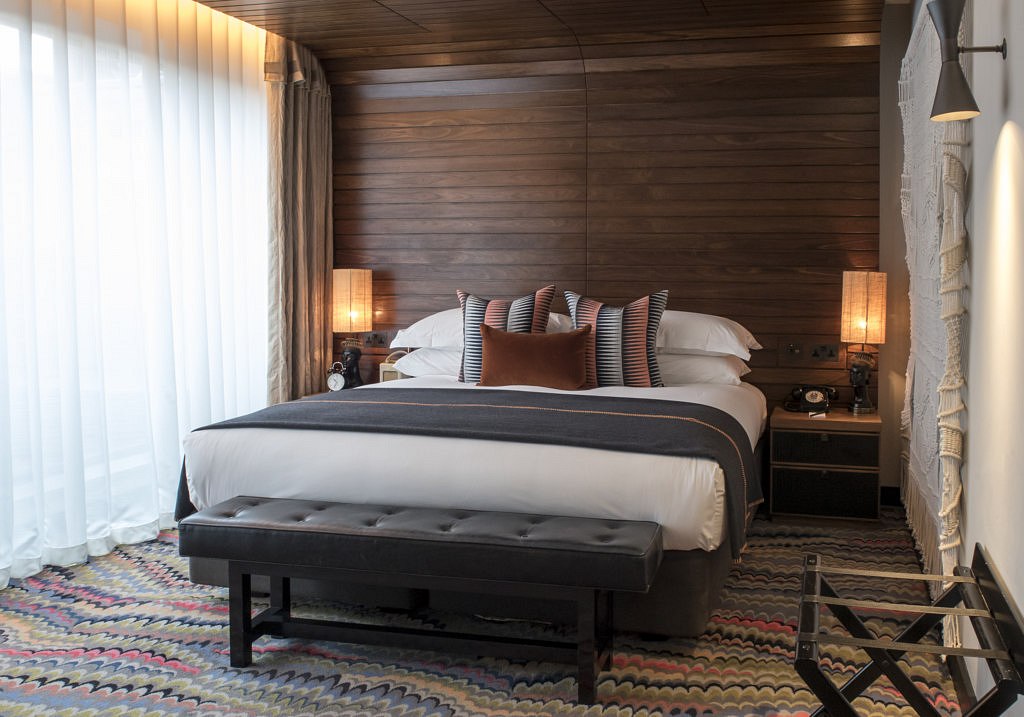
So Michael, who are your typical members?
Our membership is a curation of people from creative industries, such as film, music, art, design craft, digital, and performance art, and also entrepreneurs. In fact, to be a member you have to establish your creative credentials and you have to be nominated by an exciting member of the club.
The reason we are so exclusive is because we think of the club as a family. You would not invite a stranger into your house, and therefore we don’t invite strangers here. Members have to have a connection to the creative industry.
And how do you manage your members, do you have an online portal and organise events?
I suppose things that set us apart from other clubs are that we have a charitable foundation and an extensive events program. Every week we screen 11 movies for our members, which are all free. Then we do about 1000 events per year, ranging from creative to inspirational and collaborative happenings, such as talks, book clubs, film courses, and anything that will stimulate the creative industry. For instance, we curate a jazz night with a lot of live music that is really popular. In fact, there are few clubs in London that have performance spaces and are able to offer a similar events program with the kind of live music that we do.
When it comes to communication with our members, most happens digitally. As a member, you create an online profile where you can book all the events within the club.
What about private events?
Yes, we also do a lot of private viewings for the art and about six private shows per year in the club area.
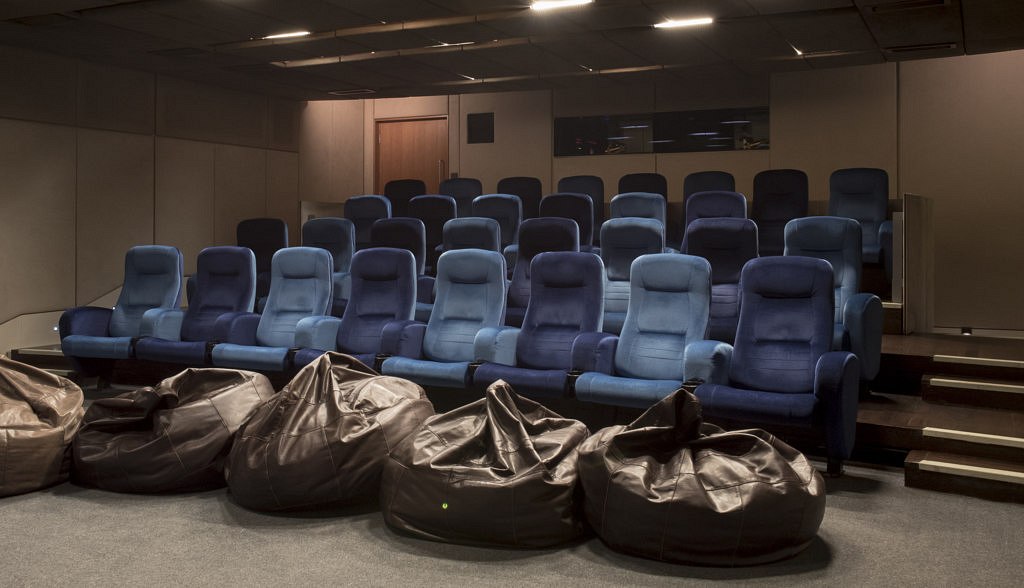
How big is this building in size and how many members do you have?
This is a seven-storey-building of approximately 26,000 square feet and we have about 3,500 members. In addition to that, we are just about to launch our second club that will open in Hollywood, Los Angeles, in April 2018.
Are you involved there as well?
Yes, I am doing the recruitment of members for Los Angeles at the moment. It is a huge space that will include a swimming pool, a gym, a rooftop terrace, rooftop restaurant, a coworking space, a recording studio, and 36 bedrooms.

Michael, you mentioned that you opened in 2004, have you noticed a change in the way your members are using the space during this time?
Four years after we opened, the economic crash happened and I think that had a massive impact on the way people worked and the way people used members’ clubs in general. Many needed to decide what to do next and began creating their own businesses. So, what did they do during the day? Instead of working from their bedrooms, they started conducting their businesses in alternative spaces, such as members’ clubs. However, in the Hospital Club we say that we are not an alternative to an office. Our members are certainly able to bring their laptops and work from one of our lounges, but our main role is to be a members club, not an office space provider.
We certainly see that people are using the space very differently. I believe that, now, there are more people doing different things and working on different projects rather than just having one job. Hence, if you enter any members’ clubs in London during the day, they are probably packed.
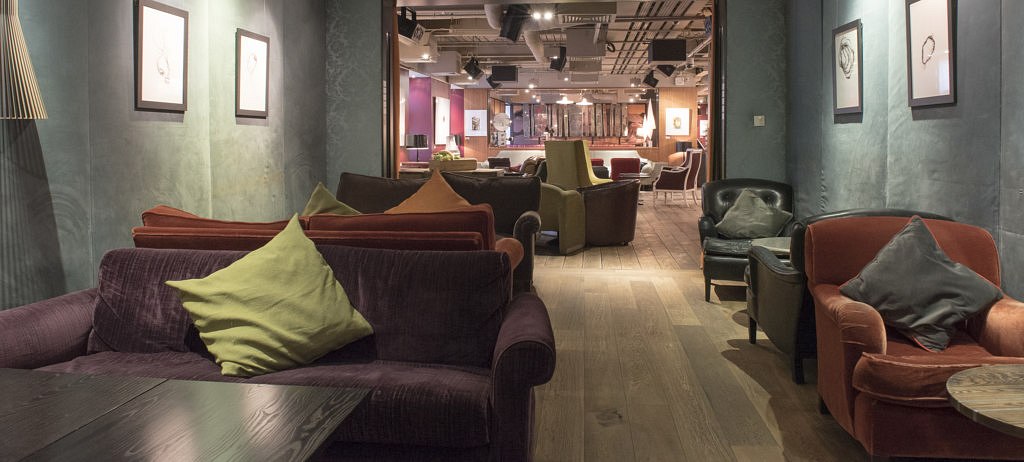
And, how important is the team and the service level in an organisation like the Hospital Club?
To me, a members’ club is all about service. If you haven’t got good service, you might as well give up because the service functions as the power within the club. I also think that we can distinguish ourselves from the level of service in a restaurant. You might visit the same restaurant once or twice a year, but here, people come every day to spend their mornings, lunchtime and evenings. As a result, the service has to match that, which is very different to the level of service in a restaurant.
When it comes to the service in the Hospital Club, it is essential that we create a sense of community. In fact, we position ourselves a bit like a family and, with a good relationship between the staff and our members.
Do you partner with members’ clubs outside of the UK as well?
Yes, we have a relationship with 13 or 14 different clubs, ranging from locations such as Oakland, New York, Athens, Madrid, Buenos Aires, Budapest, Luxembourg and more.
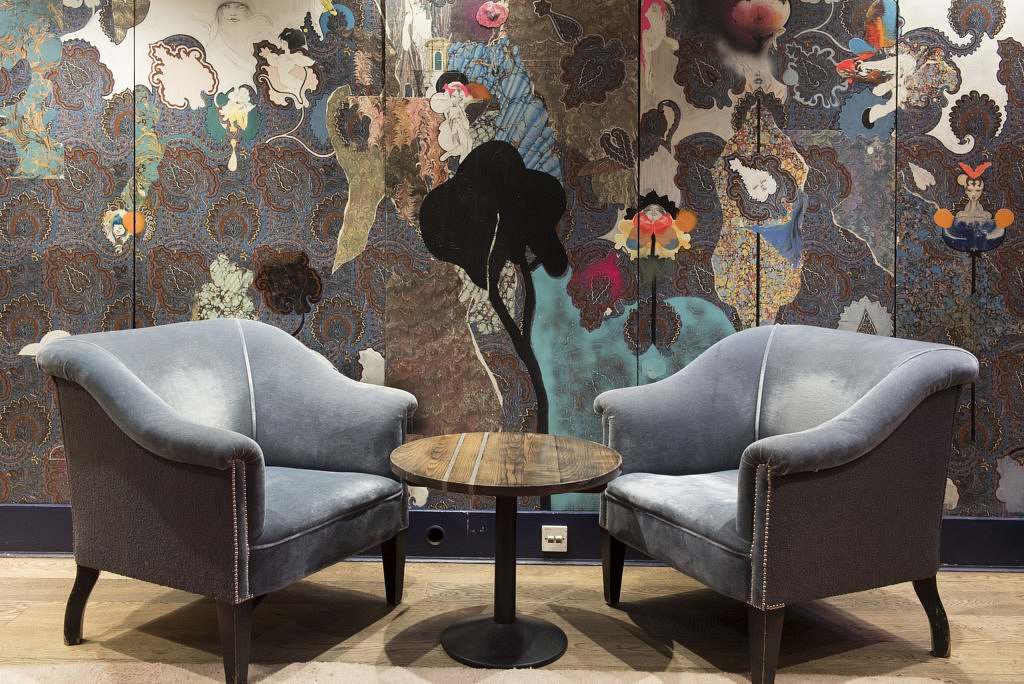
Michael, you mentioned the expansion plans in Los Angeles, but what are your main plans for the next five to ten years?
I think that our Los Angeles project is a really big project for us. It is our first expansion and our first international space, and it is very important that we get it right. Hence, a lot of our attention will go on that.
In the long run, we don’t see ourselves expanding to multiple sites, but maybe six in total. So, after Los Angeles, we are looking at expanding to New York and potentially at opening more sites in London.
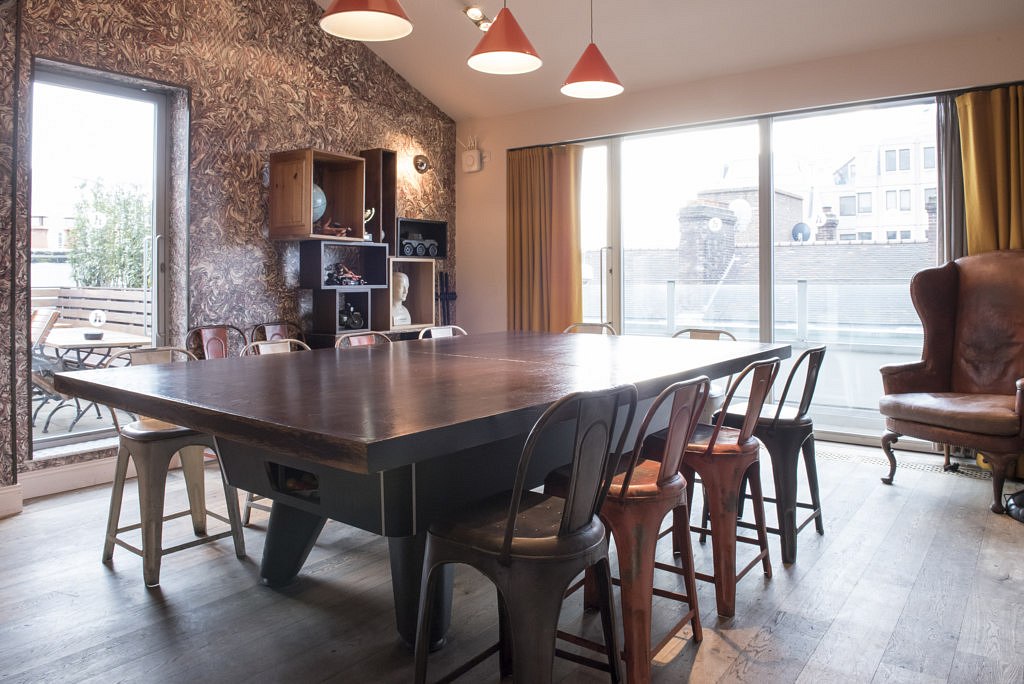
Finally, in terms of the competition, how do you see the development of the market?
During the fourteen years that I have worked here, it has been interesting to follow the changes in the market.
Since the Hospital Club opened in 2004, the competition in the market has intensified. Now, you can find many operators in London, ranging from pure workspaces to private clubs like ours. It seems to be a growing appetite for these type of clubs at the moment and I believe it has a lot to do with community and the fact that people want to belong to something and have a place to call home.
Thank you for the great hospitality, Michael and the Hospital Club!
